Asia Week New York opens with Ancient/and or Contemporary Indian, Himalayan and Southeast Asian Art
Bodhisattva Maitreya from Pakistan, Gandhara, circa 2nd-3rd century.#AsiaWeekNY 2016 exhibition at Carlton Rochell Asian Art.
NEW YORK, NY.- March 10th kicks off Asia Week New York, the extraordinary ten-day extravaganza that animates New York with a glorious array of prized Asian works of art.
Originating from every corner of the Asian continent, the artworks will be shown throughout Manhattan by international Asian art specialists starting March 10 through March 19. In the museum-quality presentations by 45 galleries, art lovers can take in the rarest and finest examples of painting, sculpture, bronzes, ceramics, jewelry, jade, textiles, prints and photographs from all over Asia.
"Each year at this time, just as the flavor of spring arrives in the air, another phenomenon electrifies the atmosphere of New York: Asia Week!" exclaims Lark Mason, Chairman of Asia Week New York 2016 and owner and founder of iGavel Auctions. "And each year, in-the-know aficionados look forward to this 10-day event with great expectation. And why shouldn't they? Asia Week, now celebrating its seventh anniversary, is more exciting than ever."
Organized by category and region, here is a roundup of the not-to-be-missed exhibitions by the participating galleries:
WALTER ARADER HIMALAYAN ART
A Tibetan sculpture from the late 15th century or the early 16th is historically significant in that it represents a portrait likeness of Palden Dorje, abbot of Ngor Monastery from 1478 until his death in 1482. The inscription in verso provides us with not only the name of the lama, Palden Dorje, but also with the name of the disciple that commissioned the bronze, Kunga Chogden. Inscriptions with this level of historical information are exceedingly rare, making this work an "anchor piece" with safely attributable dates around which other sculptures of similar style can be dated. See it at the exhibition of Chinese and Himalayan Art, 1016 Madison Avenue.
Palden Dorje, Tibet, Ngor Monastery, Late 15th - early 16th century, 20 cm (7.8 inches).
BUDDHIST ART
Claiming special recognition at Sacred Images from Nine Centuries at Arader Galleries, 29 East 72nd Street, is a 15th or 16th century bronze from Tibet. It represents the Bon deity Nampar Gyalwa and mesmerizes with silver and copper inlaid eyes and is very finely cast. The statue is important both because of the rare iconography of Nampar Gyalwa and because of the excellent quality and detail that is unusual in a Bon bronze.
A rare bronze of the Bon deity Nampar Gyalwa, 15-16th century with silver and copper inlaid eyes. Buddhist Art (Berlin, Germany)
Lacquer manuscript from Burma, 19-20th century, on view for Asia Week NY at Buddhist Art.
DAG MODERN
In an untitled oil from the 1960s, artist Francis Newton Souza -- the first of India's modern painters to gain recognition in the West -- depicts a nude female, her hand on her breast, her gaze fixed unashamedly straight ahead. It is typical for Souza women to proclaim their sexual inhibitions, and this model's reflective expression calls to mind the artist's intimate familiarity with the depiction of courtesans and dancers on temple walls. This painting makes a strong statement in Masterpieces of Indian Modern Art: Rare and Seminal Works of the 20th century, 41 East 57th Street, Suite 708.
F.N. Souza, Untitled. Oil on canvas, 56.5 x 31.0 inches. DAG Modern (New York, NY).
GALERIE CHRISTOPHE HIOCO
Don't miss the red sandstone Shiva Bhikshatana from the 10-11th century at New Acquisitions in Indian Art and Himalayan Art, Arader Galleries, 1016 Madison Avenue. The Shiva is very finely carved and adorned with various necklaces, and it depicts the deity in the form of the beggar Bhikshatana (literally, "wandering for alms").
Shiva Bhikshatana. Red sandstone. India, Rajasthan or Madhya Pradesh, 10-11th century. Height: 15 inches (38 cm). Galerie Christophe Hioco (Paris, France)
FRANCESCA GALLOWAY
Off the market since being secreted away in the 1930s, A Youth in Persian Costume, circa 1630-40, comes from the collection of Otto Sohn-Rethel, a German artist who lived in the first half of the 20th century. In the early 1930s Sohn-Rethel visited India, where he acquired a group of Indian paintings, including this one. It is part of Indian Paintings & Courtly Objects: Recent Acquisitions 1400-1800 at W.M. Brady & Co. 22 East 80th Street.
A Youth in Persian Costume, India, Golconda, c. 1630-40. Opaque pigments with gold on paper. Folio: 28.5 x 19 cm; Painting: 20.4 x 13.2 cm. Francesca Galloway (London, United Kingdom).
Dinner jacket made for H. H. Maharaja of Darbhanga in 1930s, India. Made from French Art Deco silk, woven with metal thread and edged with velvet. On view during @asianartinlondon at Francesca Galloway Ltd.
NAYEF HOMSI ANCIENT ART OF ASIA
A superb figure of a 2nd-century Atlas made of gray schist enchants viewers at Nayef Homsi's Recent Acquisitions, 7 East 75th Street, No. 1A. The figure of the Atlas was part of the Hellenistic influence on Gandharan art, most likely introduced during the 30 years when Alexander the Great's armies occupied the Gandhara region. The Atlas, of course, supports the world, and in Gandharan art, Atlas figures were carved at the lowest register of a stuppa to literally support the entire stupa complex.
Atlas. Grey Schist, Ancient Region of Gandhara, circa 2nd century. Height: 9 1/2 inches (24 cm). Nayef Homsi Ancient Art of Asia (New York, NY).
KAPOOR GALLERIES
The Churning of the Ocean, ascribed to Mahesh, belongs to a series of ten Avatars of Vishnu. Painted circa 1750-1775 in opaque watercolors heightened with gold and silver, the artist shows all the gods assembled to perform a task necessary in order to recover Amrita, the nectar of immortality, from the depths of the ocean. It is one of the most dazzling works in Amrita: Nectar of Immortality, 34 East 67th Street, 3rd Floor.
Tamil Nadu, India. Circa 17th-18th century, Nayak Period. Kapoor Galleries Inc. (New York, NY)
Ascribed to Mahesh of Chamba. Leaf from a Dasavatara series: Samudra Manthan. India, circa 1750-1775. Gouache heightened with gold on paper. Height: 6 3/8 x 9 3/8 inches (16.3 x 23.8 cm). Kapoor Galleries Inc. (New York, NY)
Ganesh. Tamil Nadu, South India. Copper Alloy. Circa 13th century, late Chola dynasty. 18 x 10 x 8 inches (46 x 26 x 21 cm). Kapoor Galleries Inc. (New York, NY)
Vajradhara. Tibet, circa 1400. Gilt bronze. Height: 9.8 inches (24.5 cm). Kapoor Galleries Inc. (New York, NY)
Detail from a leaf from the Shahnameh, Imperial Mughal Court, India, circa 1600. The painting represents the conclusion of a tale of forbidden love: Iranian warrior Bizhan is imprisoned in a dark pit by the Turanian king Afrasiyab, who does not approve of Bizhan's involvement with his daughter Manizha. Iranian hero Rustam comes to rescue him from the pit, with Manizha waiting nearby (at top left of the painting). Kapoor Galleries Inc. (New York, NY)
RENAUD MONTMÉAT ART D'ASIE
A black stone Buddhist sculpture with polychrome decoration circa 16th century is a typical example of artworks at the time in Tibet in that it exhibits archaic strength. The artist captured the wild energy of the god very clearly yet a little roughly. Make sure to spot it at Indian and Himalayan Works of Art, at Dickenson Roundell Inc., 19 East 66th Street.
Vajrapani. Black stone with polychrome. Height: 15.5 cm. Circa 16th c., Tibet. Renaud Montméat Art d'Asie (Paris, France)
Sitting Lama. Tibet, 17th century. Gilded bronze. Height: 18 cm. Renaud Montméat Art d'Asie (Paris, France).
Standing Bhudevi. Southern India, 13th-14th century. Bronze. Height: 28.7 cm. Renaud Montméat Art d'Asie (Paris, France).
Head of a Bodhisattva. China, Yuan Dynasty (1271-1368). Polychrome clay. Height: 40 cm. Renaud Montméat Art d'Asie (Paris, France).
ENZING ASIAN ART
A superbly cast gilt-copper alloy figure of Pagpa Chenrezig (Padmapani-Lokeshvara) from around the 13th century reveals the confluence of Tibetan and Nepali artistic production, and is a fascinating objet d'art at Sacred Realms: Buddhist Bronzes and Paintings From the Himalayas at Dickinson Roundell Inc., 19 East 66th Street. The workmanship displays features typical of Newari craftsmanship-a solid casting of the figure highlighting a slender waistline and tapering limbs. The composition of the jewelry and the almond-shaped eyes and beak-like nose are beguiling.
Pagpa Chenrezig (Padmapani-Lokeshvara), Tibet (Newar School), Circa 13th Century, 21 cm (8 1/4 inches) high. Tenzing Asian Art (San Francisco, CA)
Pagpa Chenrezig (Padmapani-Lokeshvara). Tibet, Newar School, circa 13th century. Gilt Copper Alloy. Height: 8 inches (21 cm). Tenzing Asian Art (San Francisco, CA)
Champa (Maitreya). West Tibet, circa 14th century. Brass alloy with silver and copper inlay. Height: 11 inches (28 cm). Tenzing Asian Art (San Francisco, CA)
Shakra (Indra). Nepal, 13th Century. Gilt copper alloy. Height: 6 inches (16.5 cm). Tenzing Asian Art (San Francisco, CA).
PRAHLAD BUBBAR
Attributed to Mihr Chand and painted around 1780 in Lucknow, India, Ladies Celebrate Holi on a Pleasure Pavilion is an exceptional opaque watercolor with gold on paper. From the Polier Album, made for Antoine Polier, a famous Swiss resident of Lucknow, in the Kingdom of Awadh during the late 18thth century, it is the highlight of Indian Miniature Paintings and Masters of 19th Century Photography: Recent Acquisitions at Arader Galleries, 1016 Madison Avenue.
CARLO CRISTI
A standout at Art of India, Tibet, and Central Asia at the Leslie Feely Fine Art, 33 East 68th Street, 5th floor, is a very fine sandstone sculpture-Uma Mahesvara-representing Shiva and Parvati with their children Ganesh and Skanda as a divine family. Shiva's best attendant Bhringi is dancing in front of the group, amid Nandi the bull and other attendants. It dates from the Pratihara period, India (8th-9th century).
Uma Mahesvara, India, Pratihara period, 8th-9th century. Buff sandstone, 18 1/2 x 26 1/2 inches (47 x 67 cm). Carlo Cristi (Brussels, Belgium)
OLIVER FORGE & BRENDAN LYNCH LTD.
"Bhils Hunting Deer at Night" by Faizullah steals the spotlight at Indian Paintings from the Heil Collection, 9 East 82nd Street, Suite 1A. The circa-1770 opaque watercolor with gold on paper, signed in nastal'iq script, displays the tradition of connoisseurship of night-scene pictures, and the intriguing subject matter is skillfully encapsulated by tribal hunters dressed in leaf skirts depicted capturing their prey under a full moon and starlit sky.
Bhils Hunting Deer at Night by Faizullah, Lucknow, circa 1770. Opaque watercolor with gold on paper. Signed in nastal'iq script, 10 1/8 by 6 5/8 inches (25.7 by 16.8 cm) painting; 14 1/4 by 10 5/8 inches (36.2 by 27 cm) folio. Oliver Forge & Brendan Lynch Ltd (London, UK)
NAVIN KUMAR
A lifetime portrait of the Fifth Dalai Lama with mineral pigments on silk hangs in prominence at the Navin Kumar Gallery, 24 East 73rd Street, Suite 4F. Painted in central Tibet between 1638 and 1662, it is a monumental masterpiece-one of the largest extant thangkas painted on silk. The composition, style, and the exquisitely individualized portraiture are not only a rare example from the 17th century of the New Menri style, but also indicate that the painting may be the work of master artist Choying Gyatso.
Lifetime portrait of the Fifth Dalai Lama, Central Tibet, 1638-1662. Mineral pigments on silk, 48 x 63 inches (122 x 160 cm). Navin Kumar Gallery (New York, NY)
Vasudhara Mandala. Sakya Lineage, Tibet, 1473-1535. Mineral pigment on cloth. 13.5 x 11 inches (34.5 x 27.5 cm). Navin Kumar Gallery (New York, NY)
Form of Padmasambhava. Tibet, 18th Century. Mineral pigment on cloth. 24 x 34.5 inches (61 x 87.5 cm). Navin Kumar Gallery (New York, NY)
Krishna playing music. Illustration from the Harivamsa. Kangra, Punjab Hills, circa 1820. Gouache on paper. 17.25 x 13 inches (43.75 x 33 cm). Navin Kumar Gallery (New York, NY)
Installation view of #AsiaWeekNY 2016 exhibition at Navin Kumar Gallery.
SUE OLLEMANS ORIENTAL ART
The showpiece of Jewels from Asia, 23 East 73rd Street, 7th Floor, is a large inscribed gold ring in Dieng style from central Java and dating from the 9th or 10th century.
An Inscribed Gold Ring, Dieng Style, Central Java, 9th-10th century. Size L, 3.5 x 2.8 cm. Susan Ollemans (London, UK)
A Jewelled Pendant, Nepal, 13th century. 2 x 2.5 inches (4.8 x 3.5 cm). Susan Ollemans (London, UK)
A white sapphire and enamel bracelet, Lucknow, 18th century. Diameter: 9 cm. Susan Ollemans (London, UK)
A Tiered Navaratna Ring, Ayuthaya, Thailand, 18th century. Size O, Weight 12.6 grams. Susan Ollemans (London, UK)
CARLTON ROCHELL ASIAN ART
An image of Paramasukha Cakrasamvara, one of the most iconic images of Tibetan art, presents the best qualities of the genre: the bold use of color, strong composition, finely delineated lines, large scale and powerful subject. Not only is the painting of the finest quality, but it is in a remarkable state of preservation, given its age, and it is the box to be checked when you visit Indian, Himalayan and Southeast Asian Art at121 East 71st Street, 2nd Floor.
Paramasukha Cakrasamvara, 80 x 73 cm. Carlton Rochell Asian Art (New York, NY)
Indra, Nepal, 15th century. Gilt copper alloy. Height: 8 1/4 inches (21 cm). Carlton Rochell Asian Art (New York, NY)
Buddha Sakyamuni, Pakistan, Gandhara, 2nd-3rd century. Schist. Height: 33 inches (83.8 cm). Carlton Rochell Asian Art (New York, NY)
Divinity with Nagas, Cambodia, Khmer, 13th century, Bayon style. Copper alloy. Height: 16 3/8 inches (41.6 cm). Carlton Rochell Asian Art (New York, NY)
Installation view of #AsiaWeekNY 2016 exhibition at Carlton Rochell Asian Art.
JOHN SIUDMAK
Kashmiri sculptors of the medieval period were very adept at carving miniature images and shrines that were produced for household and portable use. Mostly what has survived in stone is fragmentary, and usually there is facial damage. Thus, it is remarkable that this 8th-century four-sided miniature Vishnu shrine has recently come to light, and it is on display as part of Indian and Himalayan Sculpture, C.G. Boerner Gallery, 23 East 73rd Street.
Grey Chlorite Four-Sided Miniature Vishnu Shrine, Circa 8th century, Karkota Period, Kashmir, 8.5 cm high. John Siudmak Asian Art (London, UK)
Maureen Ringstone. India, 3rd century BC. Soapstone. Diameter: 3 1/4 inches (8.3 cm). John Siudmak Asian Art (London, UK)
Bronze Seated Buddha. Anuradhapura, Sri Lanka, circa 7th century. Height: 2 3/8 inches (62 mm). John Siudmak Asian Art (London, UK)
Iron Phur-pa. Tibet, circa 14th-15th century. Height: 11 1/2 inches (29.2 cm). John Siudmak Asian Art (London, UK)
DALTON SOMARÉ
A lavish 7th-century image of the Bodhisattva Lokeshvara in a fresco testifies to the spread of Buddhism along the Silk Road and the elegance of its cosmopolitan art. This enthralling work commands special notice as part of Recent Acquisitions of Dalton Somaré Gallery exhibiting at Vallois America, 27 East 67th Street, 2nd Floor.
Bodhisattva Lokeshvara, Silk Road (Turkmenistan/China), Circa 6th/7th century. Distemper on stucco. Dalton Somaré (Milan, Italy)
NANCY WIENER
Since fewer than ten examples of a Pala four-sided Buddhist shrine have come to light, it is difficult to know how popular they once were, but they may have been privately commissioned by donors who gifted them to monasteries. See one of these unusual creations, made in the 10th century, in a show of Recent Acquisitions, 49 East 74th Street, Suite 2A.
An Important Pala Four Sided Buddhist Shrine, Eastern India, Pala period. Attributed to Nalanda, 10th century AD. Nancy Wiener Gallery (New York, NY)
Large Seated Buddha. Burma, Pagan Period, 11th-12th century. Lacquered wood with gold leaf. 39 x 22 1/4 x 15 inches (99 x 57 x 38 cm). Nancy Wiener Gallery (New York, NY)
Narasimha Slays Hiranyakashipu. India, Rajasthan. Bikaner, 1650-1670. Gouache and gold on paper. Folio:10 x 7 1/2 inches (25.4 x 19 cm). Image: 9 x 7 1/2 inches (22.9 x 19 cm). Nancy Wiener Gallery (New York, NY)
Maitreya and Attendants. Ancient Gandhara Region, 3rd-4th century AD. Gray schist. 15 3/8 x 9 7/8 inches (39.1 x 25 cm). Nancy Wiener Gallery (New York, NY)

/https%3A%2F%2Fprofilepics.canalblog.com%2Fprofilepics%2F1%2F0%2F100183.jpg)
/https%3A%2F%2Fstorage.canalblog.com%2F03%2F02%2F119589%2F96711876_o.jpg)
/https%3A%2F%2Fstorage.canalblog.com%2F11%2F31%2F119589%2F94773502_o.jpg)
/https%3A%2F%2Fstorage.canalblog.com%2F20%2F83%2F119589%2F94772815_o.jpg)
/https%3A%2F%2Fstorage.canalblog.com%2F26%2F72%2F119589%2F75604929_o.jpg)
/https%3A%2F%2Fstorage.canalblog.com%2F59%2F60%2F119589%2F26458628_o.jpg)


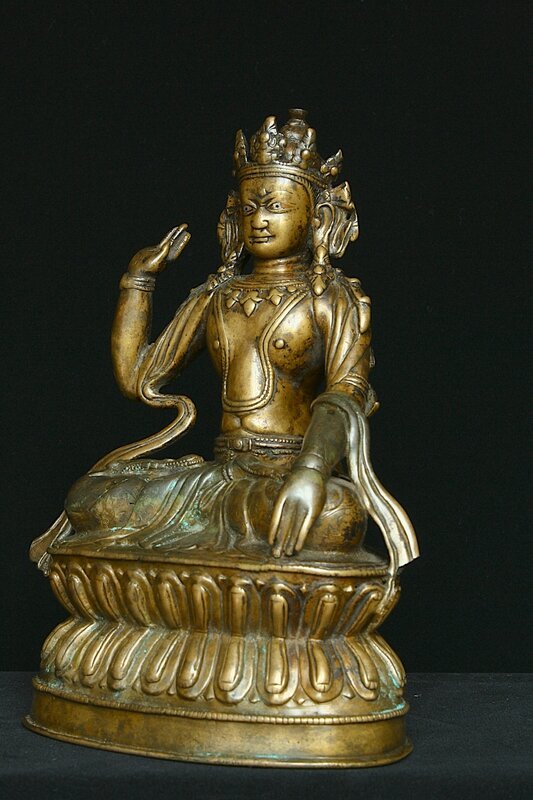


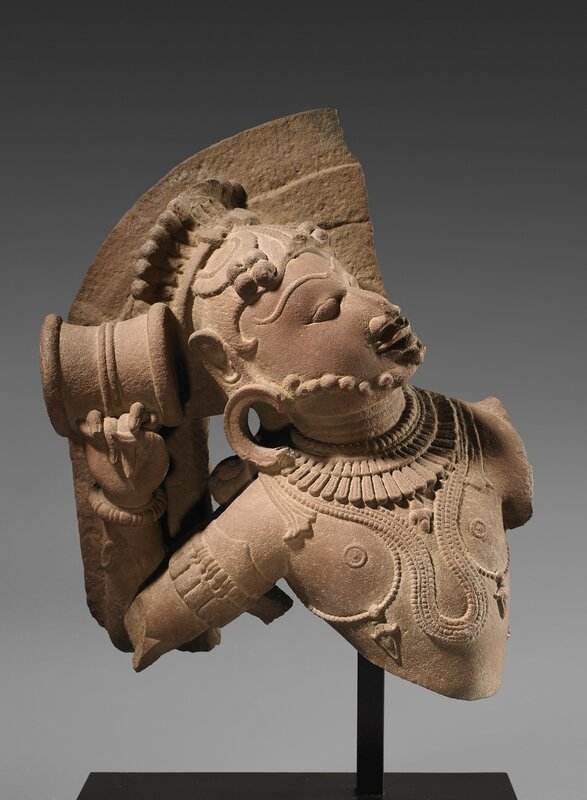






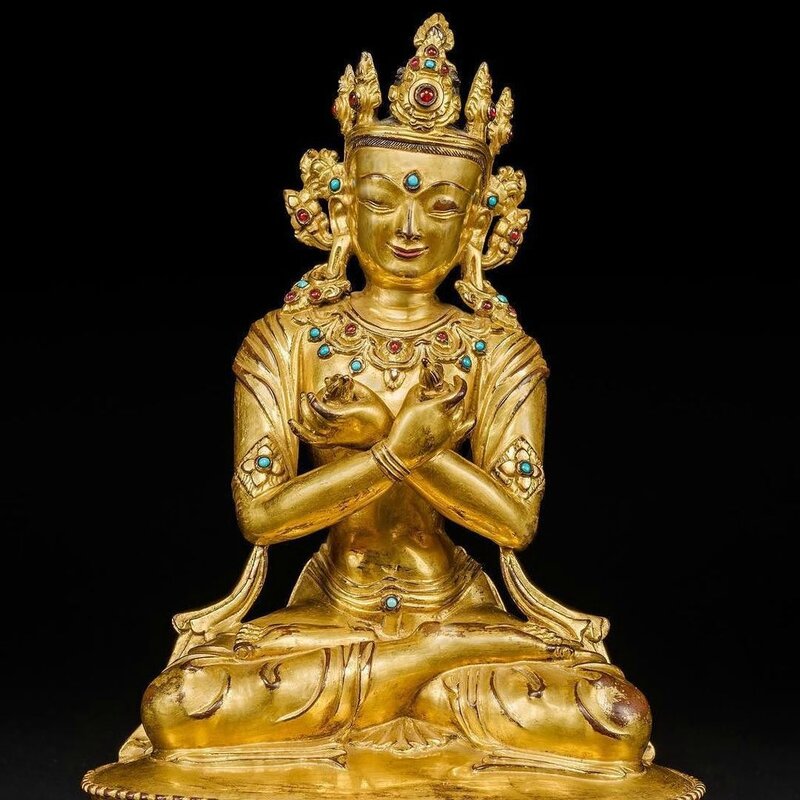
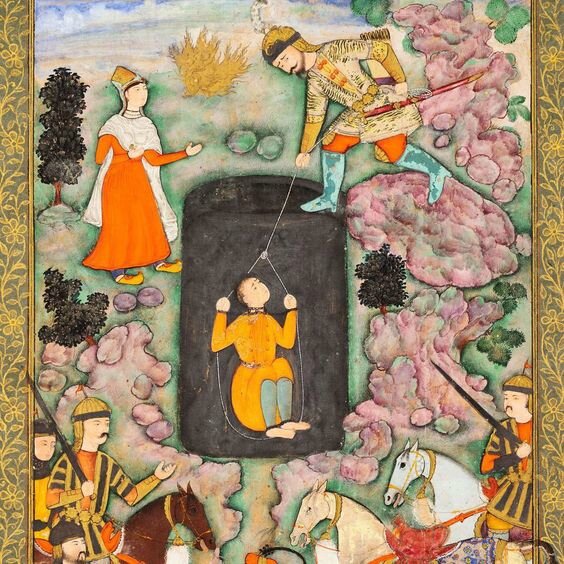




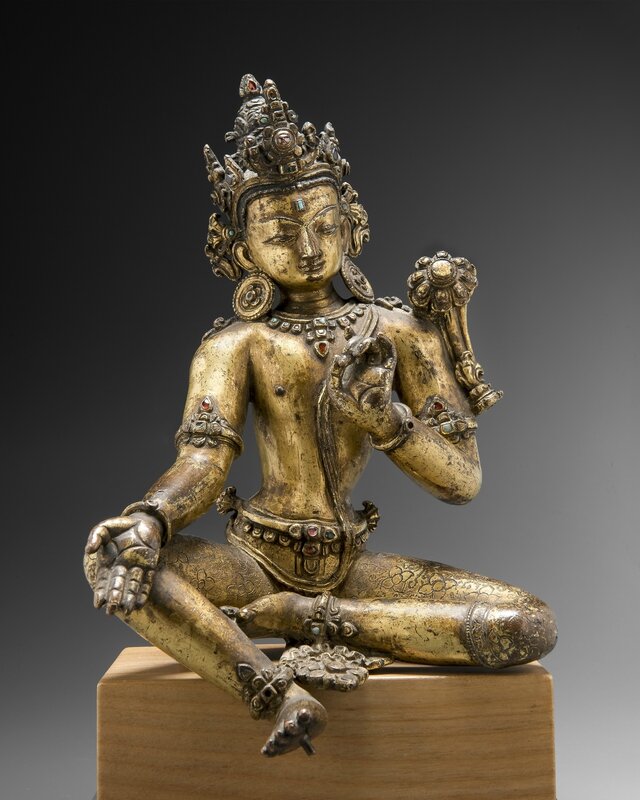
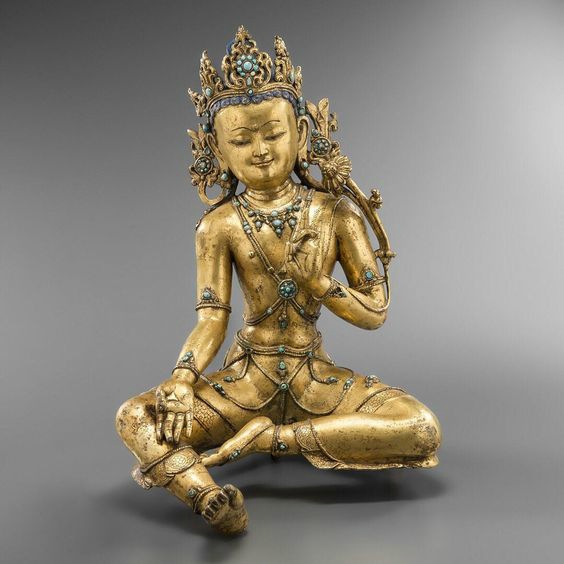
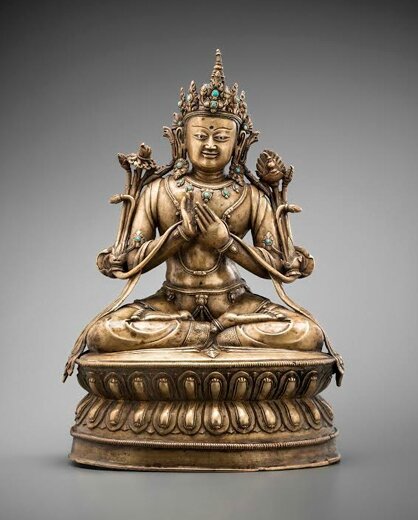

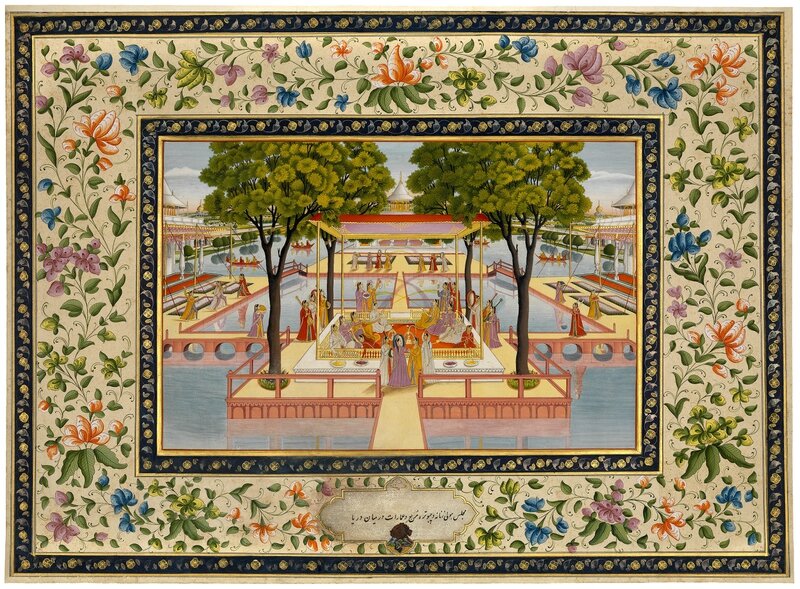





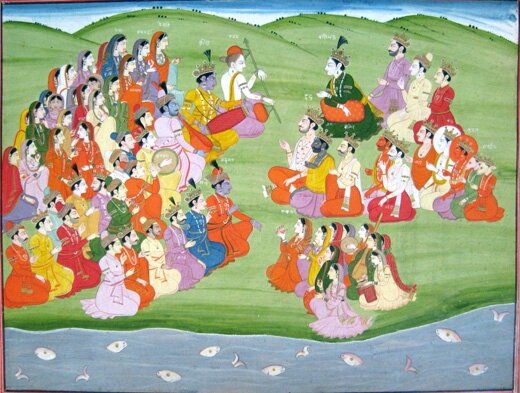



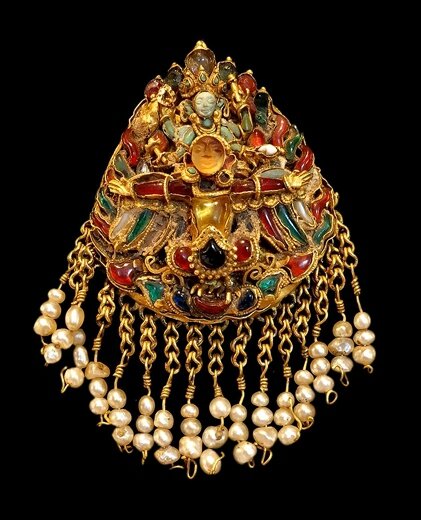

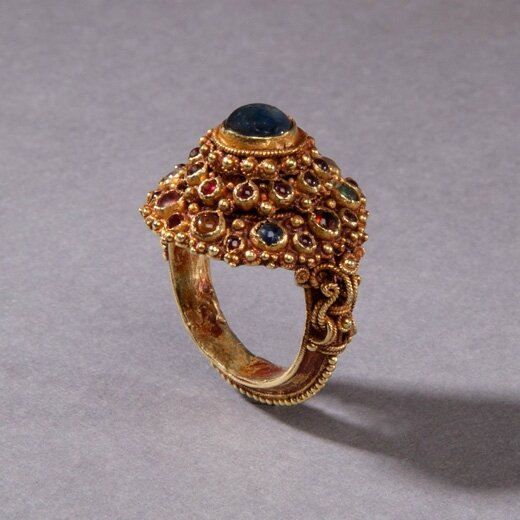






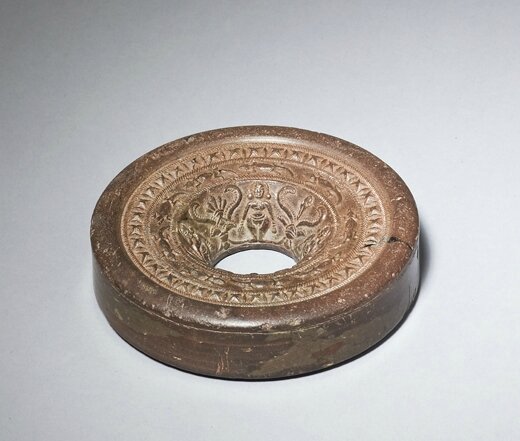


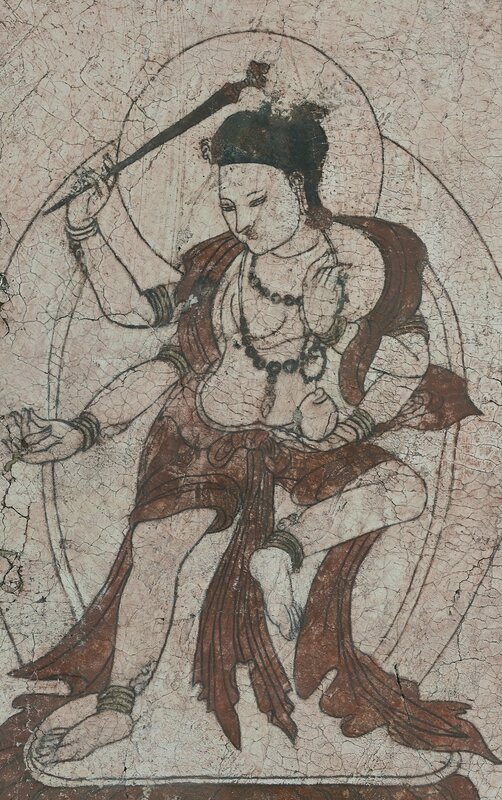
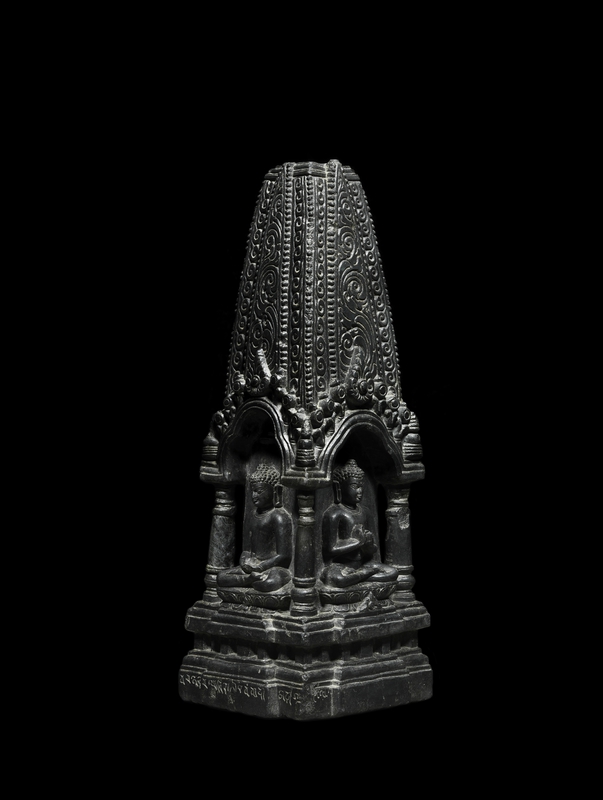





/image%2F1371349%2F20240312%2Fob_ea88cf_eaae10dd-662b-4cd0-a6db-479f99123606.jpg)
/http%3A%2F%2Fstorage.canalblog.com%2F70%2F98%2F119589%2F129701651_o.jpg)
/http%3A%2F%2Fstorage.canalblog.com%2F90%2F23%2F119589%2F129504006_o.jpg)
/http%3A%2F%2Fstorage.canalblog.com%2F93%2F01%2F119589%2F129030904_o.jpg)